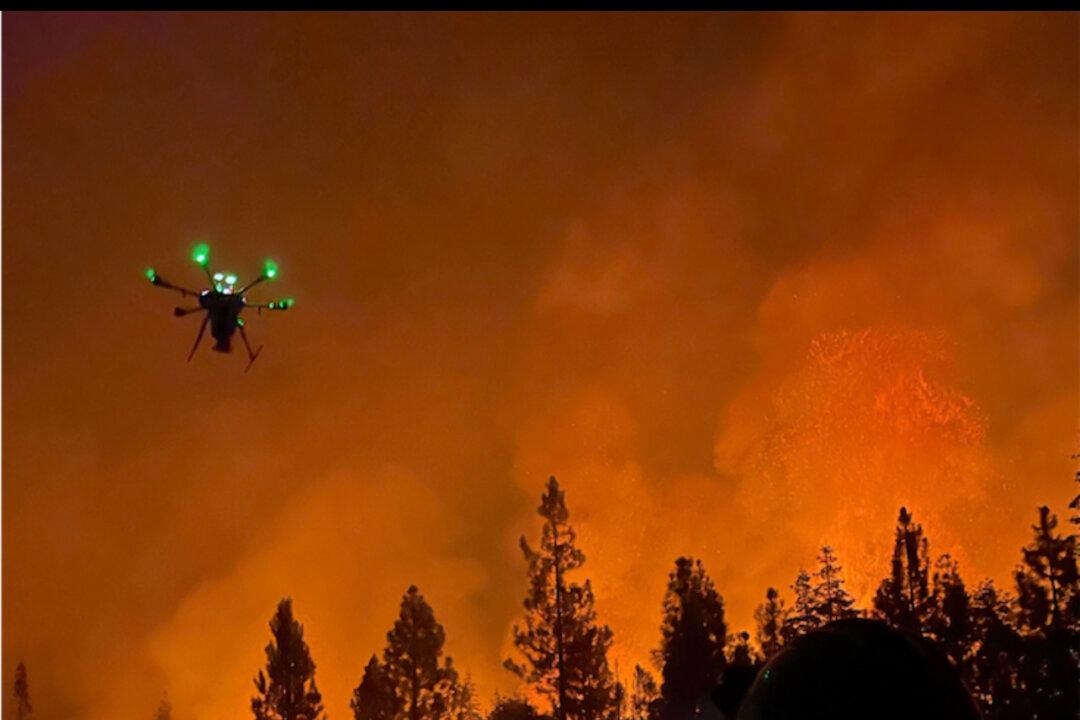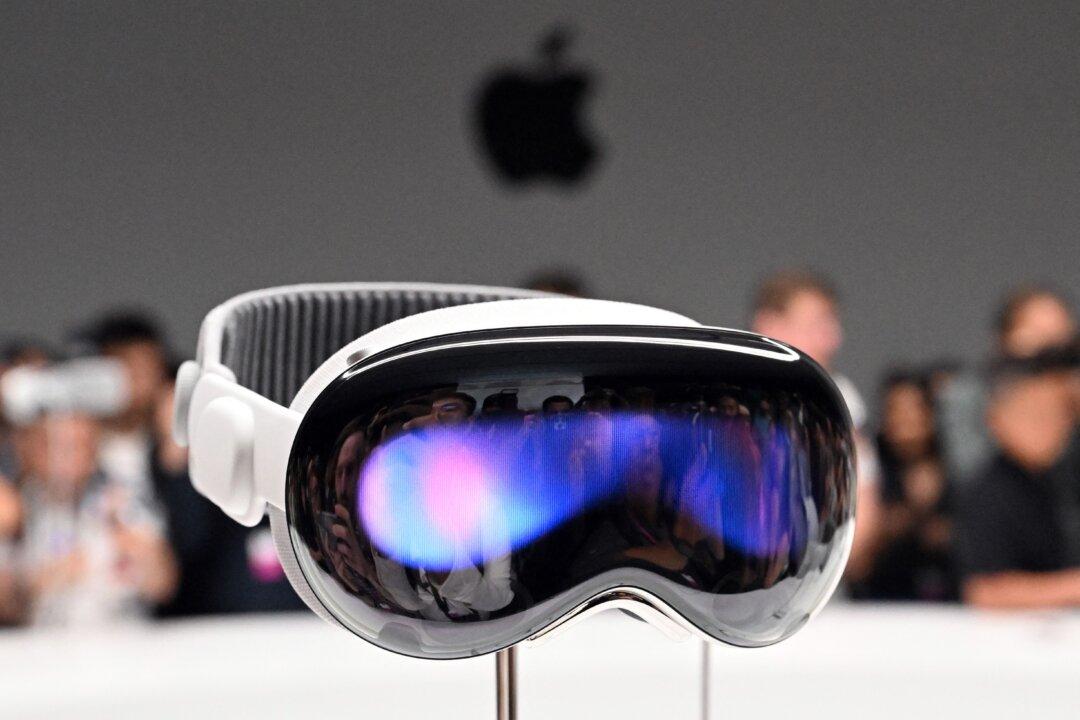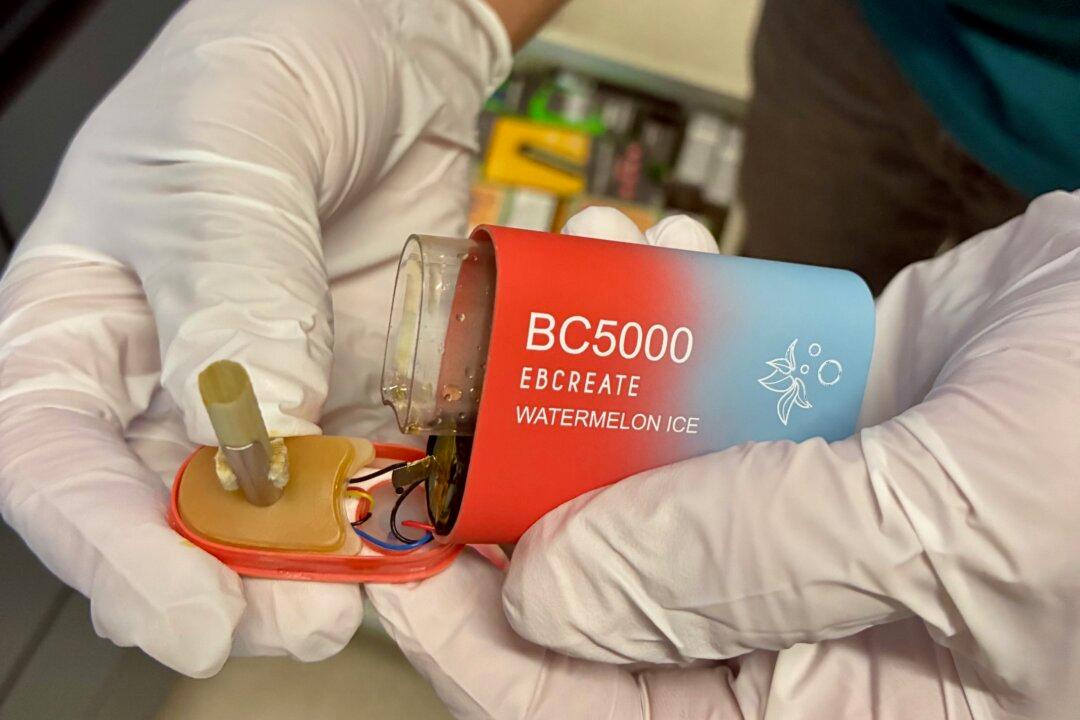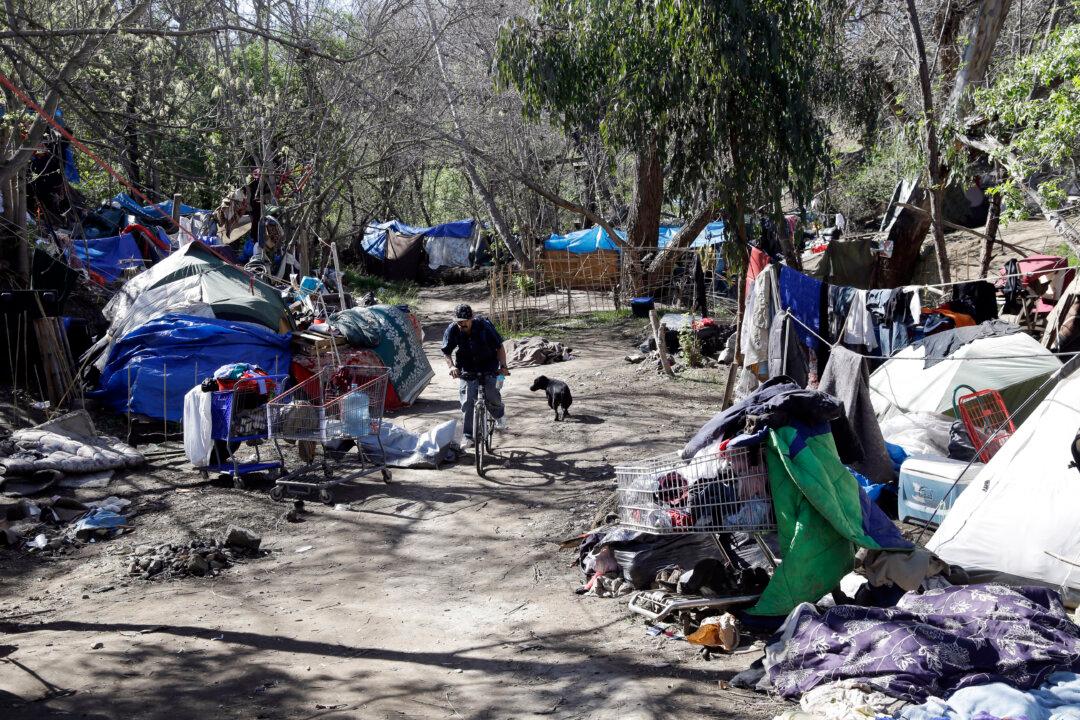A tech company in the Midwest is using drones and software to help firefighters contain wildfires in a new way.
Drones dropping flaming spheres may sound like a futuristic battlefield technique. And in a way, it is. It’s a way to “fight fire with fire,” as the drones drop small fireballs to create controlled burns.




